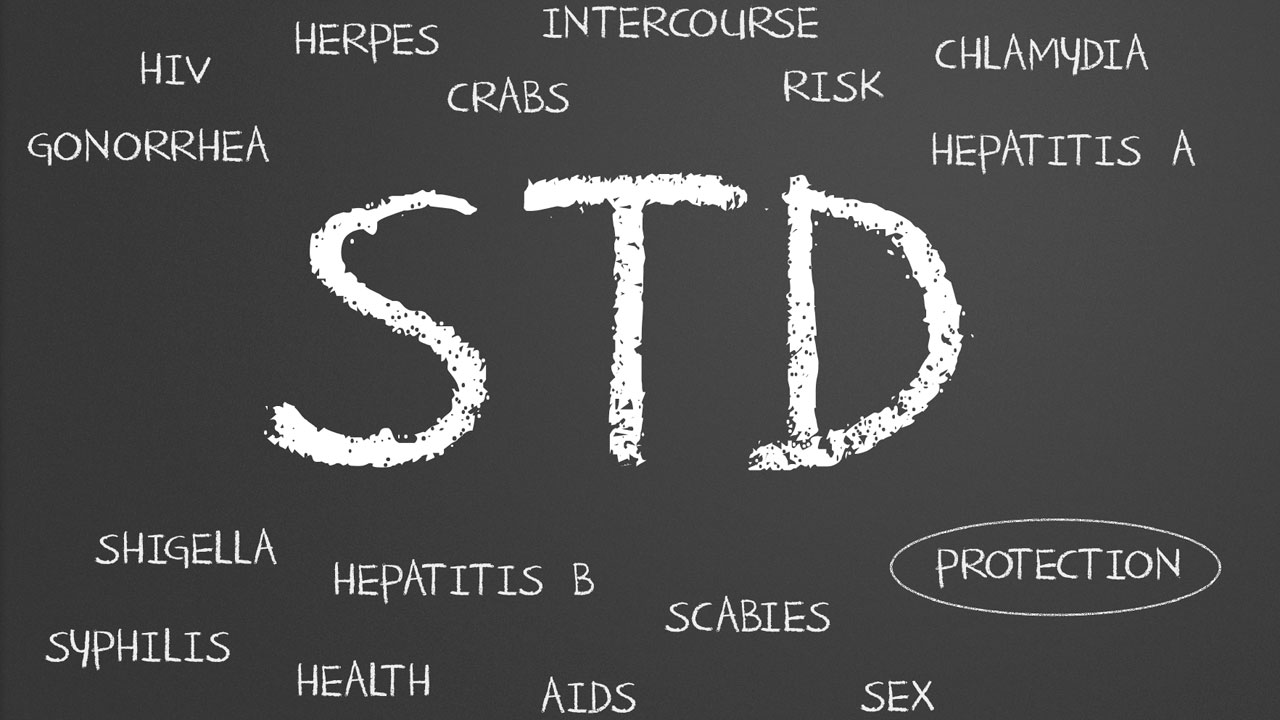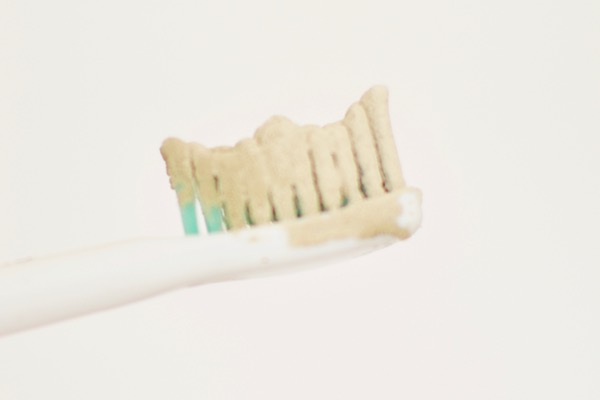STDs are at an all time high in the US, so break your protection out.
STDs have been a very real threat for decades. The U.S. Government has invested millions of dollars into sex education for children and teenagers. Parents, teachers, and educators have stressed the importance of safe sex—not only due to a higher pregnancy rate, but also a higher risk of STDs.
Has it been working? In some cases yes, but overall, the answer is sadly no. According to an NBC News article, STDs are at an all-time high in the United States.
Federal officials released a statement saying that more cases of STDs were reported in 2015 than in any other year. The statistics they cited were pretty terrifying:
- The CDC reported that 1.5 million people suffered from chlamydia, making it the most common STD in the country. That number was 6% higher than the number of cases in 2014.
- Nearly 400,000 cases of gonorrhea were reported in 2015 alone, a 13% increase from the previous year.
- An additional 24,000 cases of syphilis were recorded in 2015, a staggering 19% more cases from 2014.
CDC officials reported that 2014 was a record-breaking year for STDs, which points to an alarming statistic: the number of STDs is constantly on the rise.

READ MORE: Gonorrhea: The Super STD of the Future?
Who are the ones most commonly affected by these STDs? It’s estimated that up to 50% of STDs occur in people younger than 20 years of age. People in their late teens and early 20s make up the staggering majority of STD cases. Gay and bisexual men have also accounted for a large number of new cases of STDs.
Perhaps one cause of the increase in STDs could be the increasing efficacy of HIV/AIDS treatments. CDC officials believe that people’s confidence in these improved treatments are causing them to grow lax in their use of condoms. This erroneous belief not only increases their risk of contracting HIV, but other STDs.
The scary truth is that this couldn’t have come at a worse time. A surprising number of STD clinics have had their funding slashed in the last few years. Local and state health departments that are underfunded have had to make tough choices, and STD clinics have been shut down. Up to 50% of state public health programs had to shut down STD clinics due to funding cuts.
Youth at risk of STDs no longer have easy access to contraceptives and advice. Those worried about STDs have to look elsewhere for testing—often being forced to pay premium prices for STD tests that were once affordable. What’s worse is that the STDs aren’t even being treated until they progress. The STDs mentioned above cause no obvious symptoms in the early stages, and it’s only once the infection becomes serious that they become more noticeable. This means that youth are not getting their STDs treated while they are easy to catch—and before they are spread!
What can you do? How can you help your younger friends and teenaged/young adult children to avoid STDs? Talk to them!
The CDC recommends that openly talking about STDs helps to encourage sexually active youth to ask for help. Good sex education is one of the most effective ways to prevent STDs, they claim. For clinicians and healthcare providers, it may be a good idea to incorporate STD screening into their standard healthcare services. If STD testing was included in the yearly check-up, doctors would have a better chance of detecting problems before they become serious.
It’s a serious, sobering warning: with STDs on the rise, we ALL have to be more careful!








